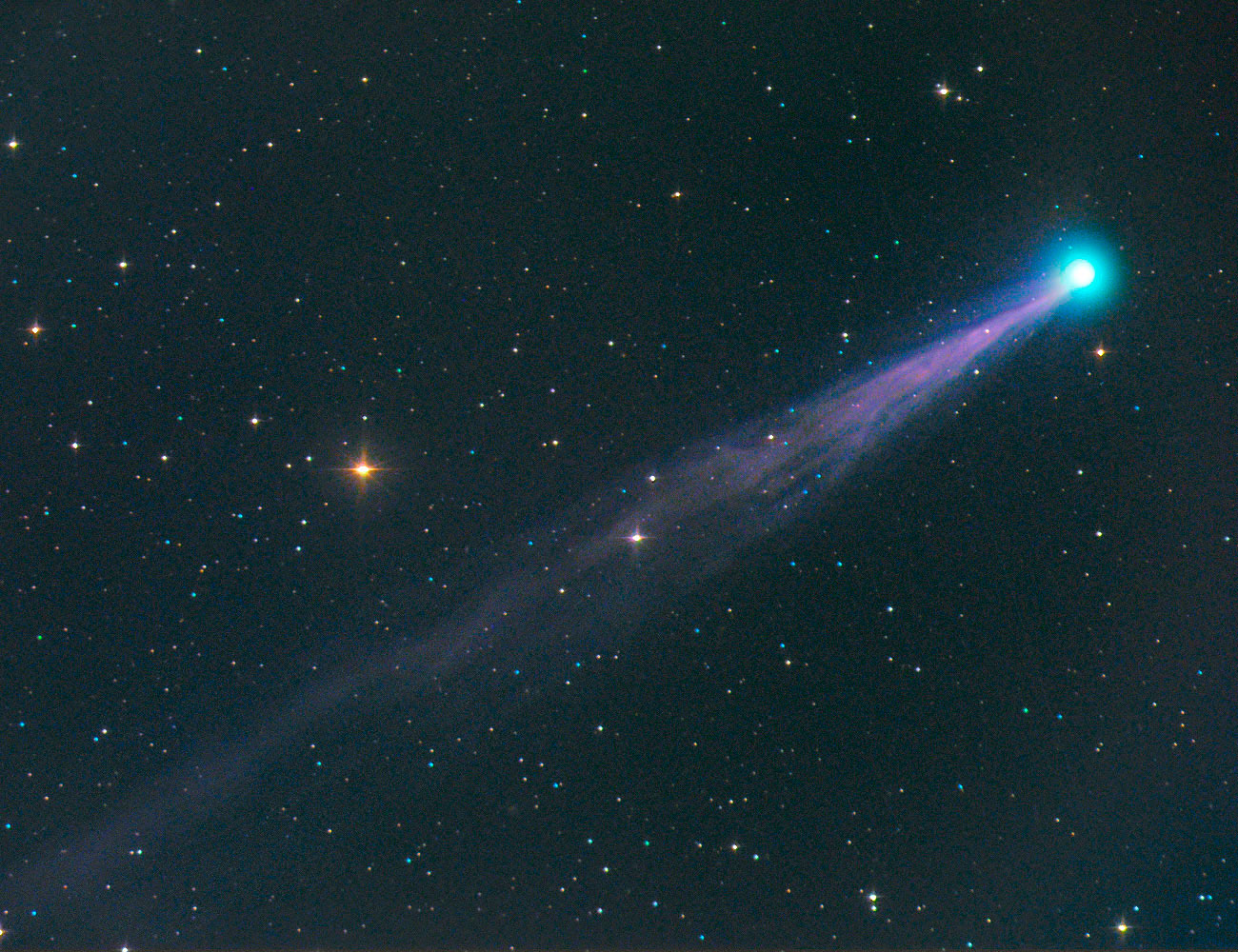A small group gathers on a dimly lit service road. They quickly and efficiently darken the area by covering nearby lights. Their Objective: Stargazing! The temperature is approximately 90: enough to make those with long sleeves uncomfortable and those with short sleeves itchy from mosquitos. Repellent is used as a counter measure against the blood sucking beasts. 2 Cities were easily Identifiable, Venice and Sarasota.
Several masses of burning gas were spotted including: Vega, Demeb, Altair, Antares, Arcturus, Fomalhaut, Polaris, and Albireo.
Many a constellations were noted including: Scorpius, Sagittarius, Ophiuchus, Bootes, Ursa Minor, Ursa Major (in part), Lyra, Cygnus, Aquila, Scutum, Pegasus, Andromeda, Casseopeia, Cepheus and that one Mr. Percival made up that is like a worm or something.
Somewhat less interesting masses of non-burning rock were observed: Jupiter and Uranus. 3 moons of Jupiter were observed one of which dissapeared behind the planet as the night progressed. Jupiter itself also set as the night passed
Fuzzy objects: M11 - Wild Duck, M13 globular cluster, M8 in sagitarius, M31 Andromeda (which we must note is hurtaling towards our galaxy at an alarming rate) and M57 - the Ring Nebula
Binary Stars: Epsilon Lyrae (the double-double) and Albireo (beta Cygni) a 2 color binary. We determined that there is no correct answer for the color of certain objects as each observer interprets it differently.
Overall, the group never managed to drag the information of the elusive "maximum power" from our trusted leader. The main concern of the event was to observe and analyze our surroundings. Overall a clear night, and a good stargaze.
 Venus and The moon are both bright enough to be seen during the day in this picture. Venus is not visible with the naked eye, but can be seen with binoculars ar a telescope. The picture was taken right afterthe moon eclipsed Venus. It is rare for both cresents to be visible in the same picture so this is a very unique photo.
Venus and The moon are both bright enough to be seen during the day in this picture. Venus is not visible with the naked eye, but can be seen with binoculars ar a telescope. The picture was taken right afterthe moon eclipsed Venus. It is rare for both cresents to be visible in the same picture so this is a very unique photo.




